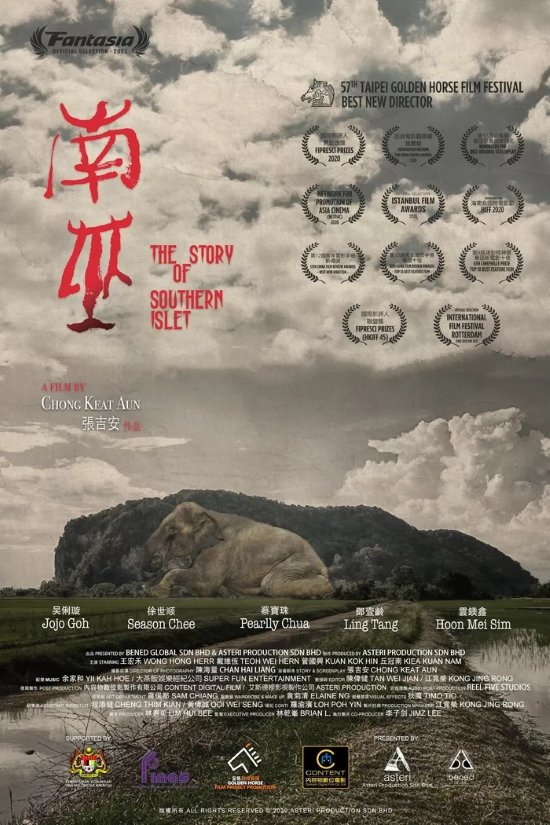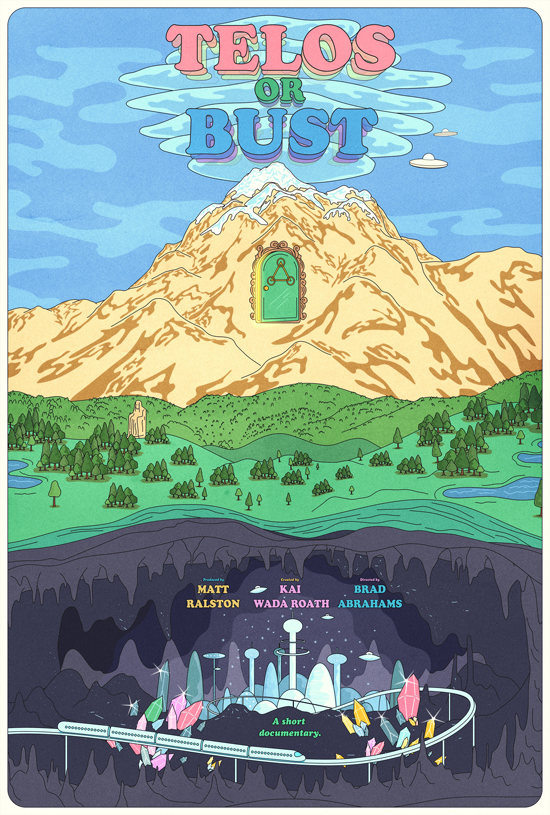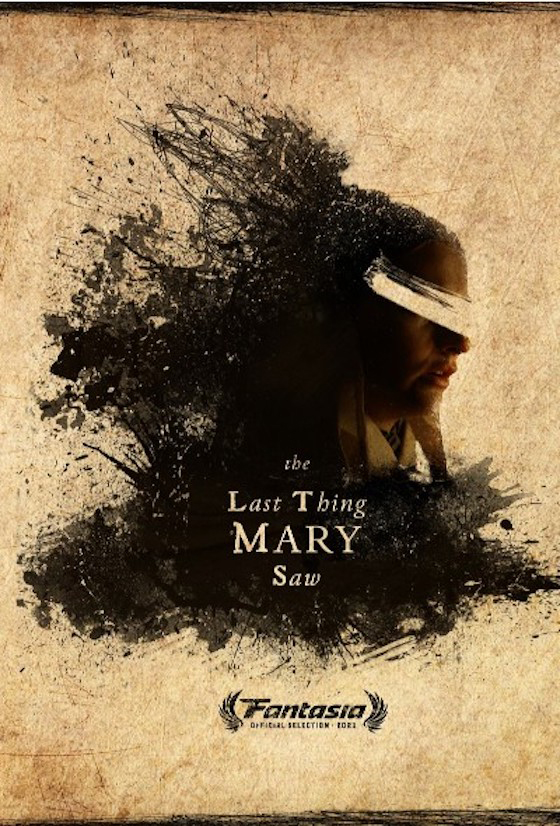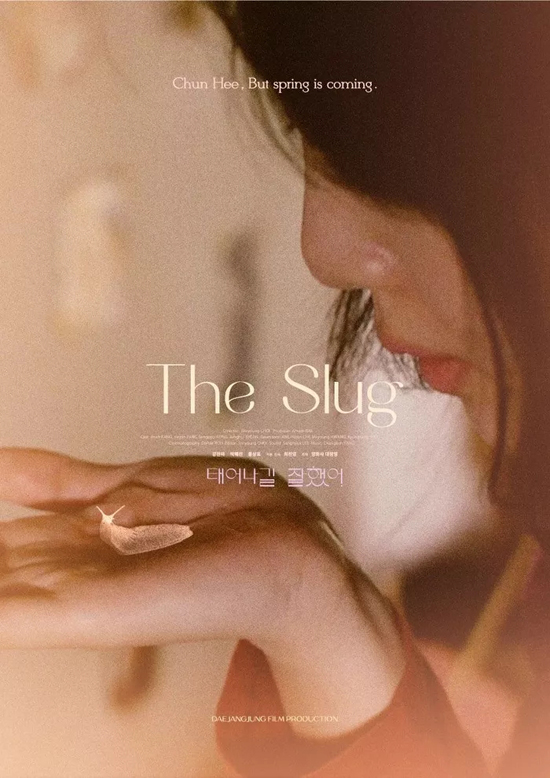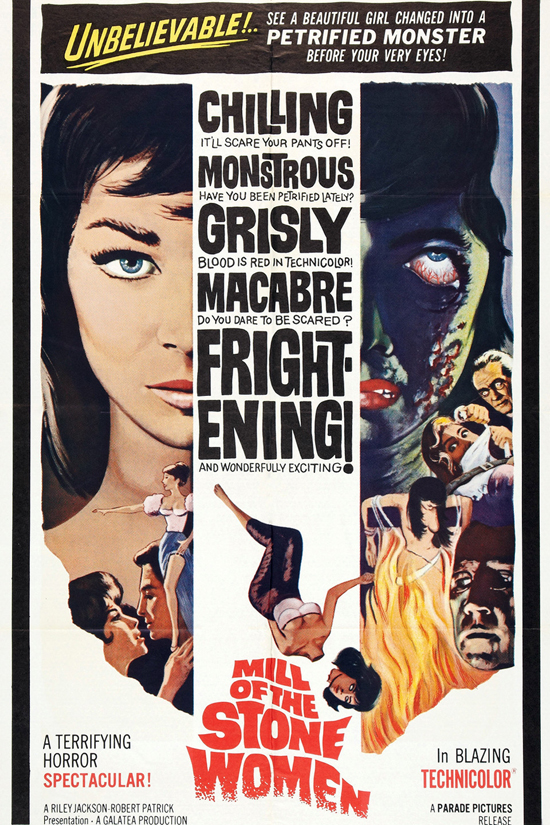Goth Chick News: Netflix Original Series Midnight Mass Is the Perfect Halloween Offering
Admittedly, the numerous streaming services make the month of October a whiplash of incredible viewing opportunities. Gone are the days of rehashing classic horror movies on commercial TV. In October 2021 you can navigate to “horror” or “Halloween Favorites” on everything from HBO Max, to Netflix, to Amazon Prime and find movies from Carpenter’s Halloween (1978) to brand new original series such as Jason Blum’s Welcome to Blumhouse horror anthology.
Dedicated goth chick that I am, I’ve committed myself to watching some version of horror every day (sometimes more) in the month of October. It was important to include classics while liberally peppering in new works as well. October 1st kicked off with Young Frankenstein (what else?), and thus far I have worked my way through Bram Stoker’s Dracula (1992), Kenneth Branagh’s Frankenstein (1994), all the original Universal Studios monster classics (which I own in multiple formats), Brendan Fraser’s Mummy (1999), Johnny Depp’s Ed Wood (1994) and several of the “firsts” such as the first Nightmare on Elm Street, Friday the 13th and Halloween. However, I simply couldn’t ignore the new entries in the binge-watchable series, of which there are a plethora to choose from.
Enter Midnight Mass, an original from Netflix.
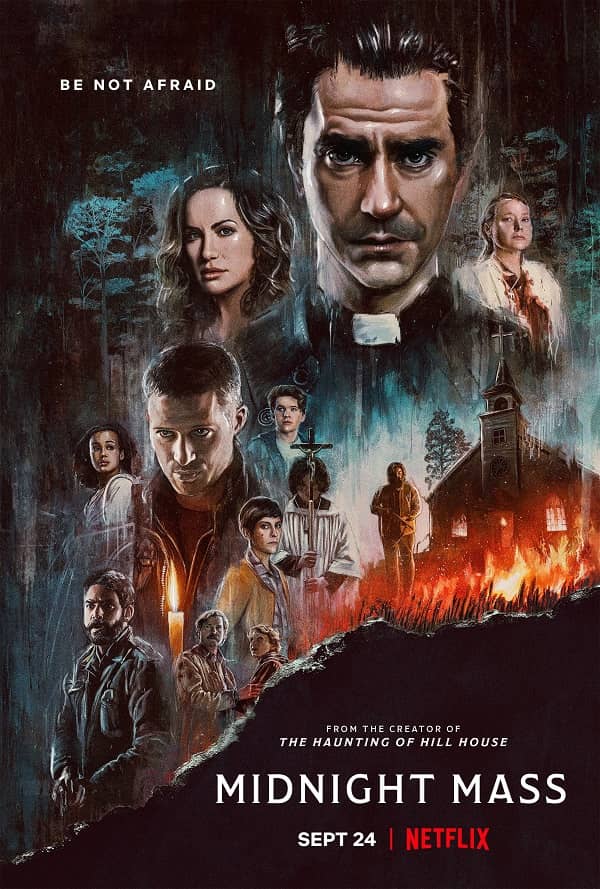
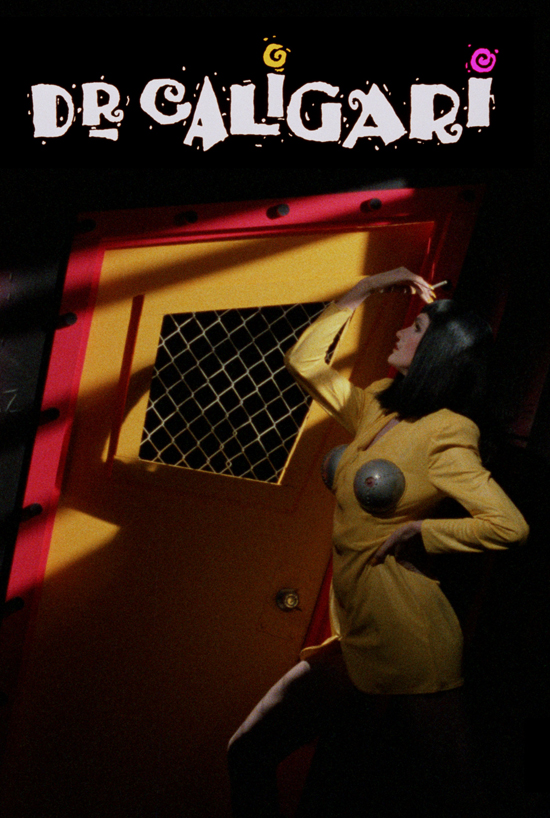
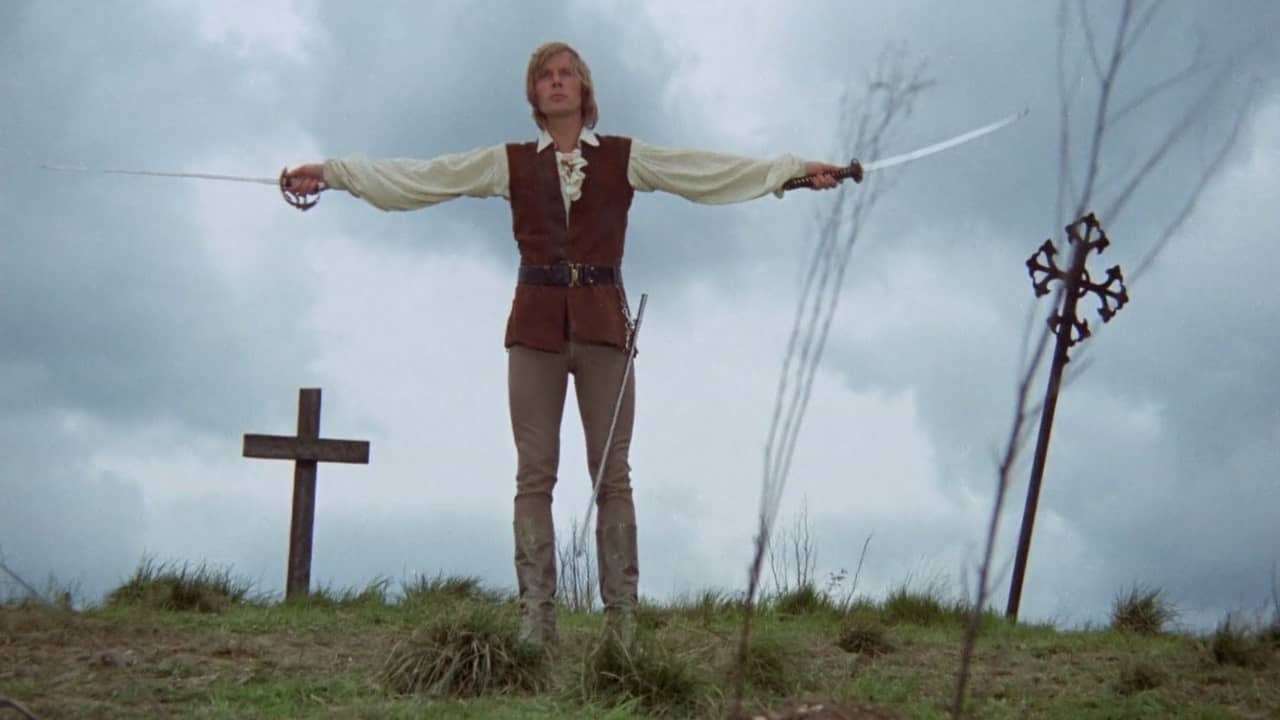
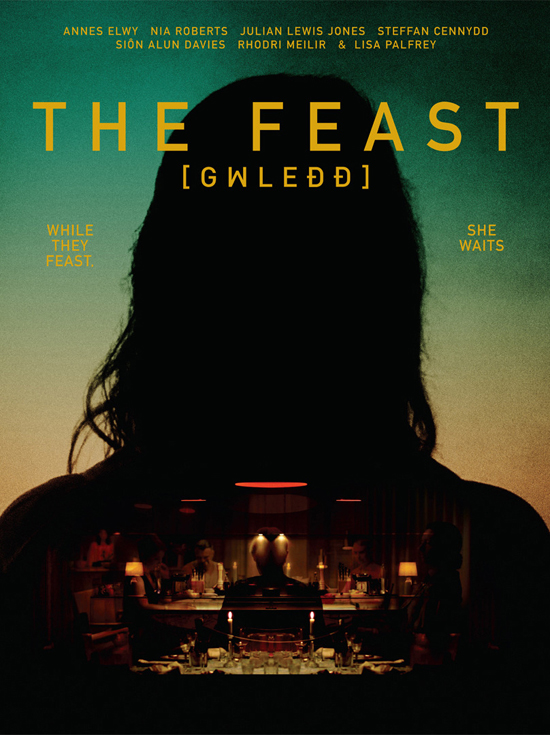
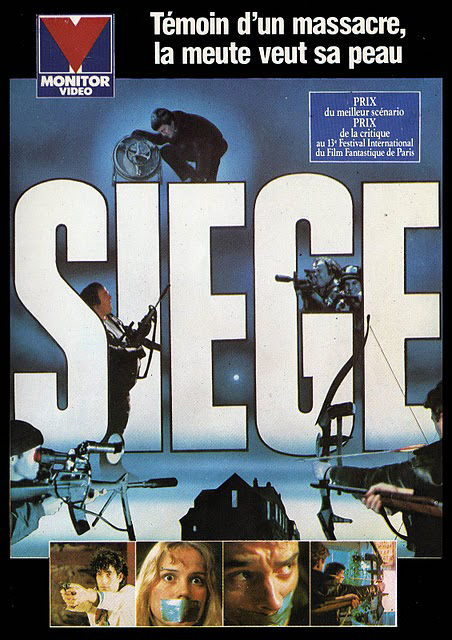 You ever watch one of the long video game cutscenes that passes for movies these days and think “I kinda miss old, raw-looking films, like early Romero and Carpenter. Something that had teeth. Heart. Balls. They don’t make ’em like that anymore.”
You ever watch one of the long video game cutscenes that passes for movies these days and think “I kinda miss old, raw-looking films, like early Romero and Carpenter. Something that had teeth. Heart. Balls. They don’t make ’em like that anymore.”